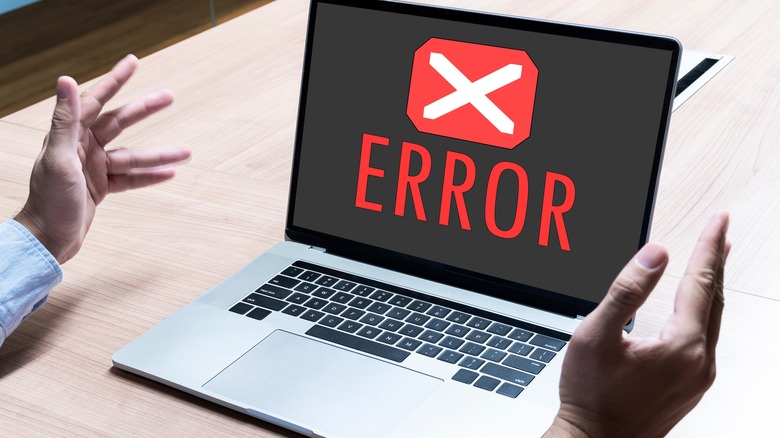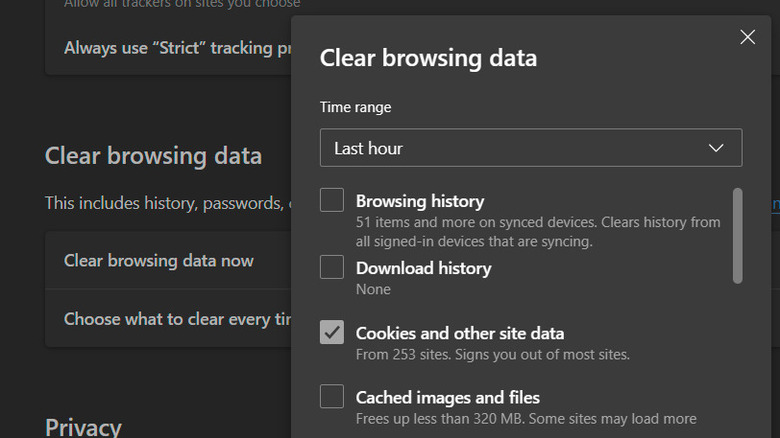The '403 Forbidden' Error Explained: Causes And Possible Fixes
There are several HTTP error codes you might encounter when surfing the web. These errors refer to a variety of problems, and they can quite easily ruin your online experience. The problem is they do so without actually properly telling you what is wrong.
One of the most infamous error codes is the HTTP 404, or the "not found" code. But another one that is slightly less obvious but just as common and aggressive in how it stops your ability to access a site is HTTP 403 — also known as the "forbidden" code. Sure, the word forbidden gives you an idea of what the code is. In the simplest terms, it means you are trying to access a website without the necessary permissions to do so.
But what exactly causes it, and most importantly, what do you do in order to fix it? If you follow this easy guide, you can say goodbye to that pesky code and surf error-free.
What causes error 403
Error 403 happens when you don't have permission to access a website, meaning the browser and the website recognize you're trying to access it, but don't authorize you to view its contents.
Often, this is an issue with permission settings from the website itself, rather than with your browser or connection. The administrator of the website you're trying to access has made it inaccessible, either on purpose or by accident. Common causes for this can be:
-
The website is missing an "index" home page name.
-
WordPress isn't properly configured.
-
The IP address for the website you're trying to access is incorrect or outdated.
Regardless of the reason, this is an annoying problem to run into, because often it isn't done purposely. It isn't that the website has restrictions for who can enter, is that these restrictions were set up accidentally.
Here's how you might be able to fix error code 403.
How to fix it
These are the steps you should take to fix error code 403.
-
Refresh the page: often, this is enough to fix the issue.
-
Check the URL: maybe you mistyped the address. Check it's all correct.
-
Check your internet connection: disconnect then connect again, or reset your router.
-
Clear your cache and cookies: it can be that there was a change in the link to the website and it is clashing with the information cached on your browser. Try to clear the browser's cookies and cache.
-
Contact your internet service provider (ISP): if everything else fails, it is possible the IP address your internet provider assigned you is blocked from the website you're trying to access. Check with them to see if it can be fixed.
-
Contact the website owner: a rare, but last resort approach. If it is within your means, try to reach out to the owner of the website's domain and see if you can get granted permission to access it.
With these, hopefully, you won't have to spend much time frustrated by error code 403.


